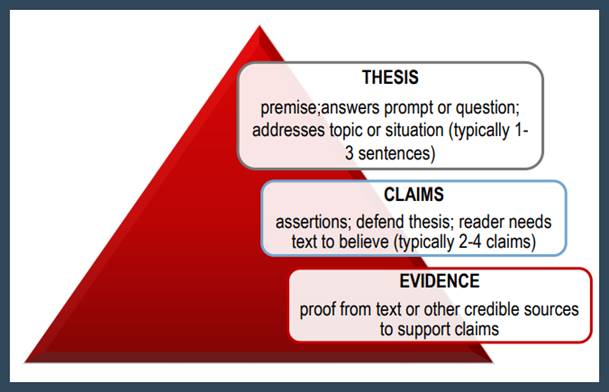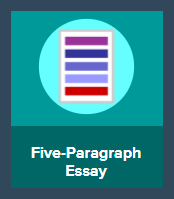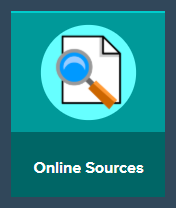Thesis and Claim

The THESIS is a premise that answers question calling
for action that the
writer
substantiates throughout the remainder of the paper, using claims and evidence.
Writing (11-12.1)
Write arguments to support
claims in an analysis of substantive topics or texts, using valid reasoning and
relevant and sufficient evidence.
a. Establish a clear and thorough thesis
to present a complex argument
Let's Practice: Key Terms
Section A: Thesis
The THESIS is a premise that answers a
prompt or question or addresses a topic or situation calling for action or
attention that the writer substantiates throughout the remainder of the paper,
using claims and evidence.
· A thesis is one to two sentences that give the reader an idea of
what's coming up in your paper
· Good thesis statements are specific signposts that point the way
readers will travel through the course of their paper
· Good thesis statements are always specific rather than general
The thesis
should be confirmed first by claims. Claims are assertions, defending the
thesis that needs evidence to be proven to the reader. The claims need to be
clear while being supported with textual evidence and credible sources.
The
supporting evidence substantiates the claims and can be in various forms,
including facts, quotations, examples, details, and statistics.
Let's Practice: Five-Paragraph Essay
Section B: Claims
An argument presents logical reasons and
evidence to support a viewpoint.
Your claims are the statement that answers
your original question. The claim is usually
one sentence in length, and it must be accurate, specific, and ultimately
answer the question. A claim is a point
you are arguing. Claims are not facts
but rather conclusions that the writer draws the facts.
The evidence is all of the data that
supports your claim. The research, events,
and testimony that support your claim. Evidence
must be sufficient and relevant to your claim.
Not all data is considered evidence.
It is essential to have numerous pieces of evidence to prove your claim.
The
following things can NOT be used as
evidence:
·
Because it's my personal opinion
·
Because my friends or relatives think so
·
Because it's always been agreed upon
·
Because it's obvious
·
Because it's morally right
Reasoning is the explanation that
connects your claim to the evidence that supports it. It shows a detailed understanding of the
text. It shows why the data you chose
counts as evidence. The reasoning should
usually be at least a few sentences in length.
Let's Practice: Organizing Evidence
Section C: Primary and Secondary
Sources
If you were
assigned to write a research paper, then your teacher expects you to find and
use outside sources. The outside
sources you use need to be useful, accurate, and reliable. There are several questions you should ask
about every potential Source.
|
Questions you should ask about possible
Reliable Sources |
|
1. How reliable is the information? |
|
2. What is Source's medium? |
|
3. Who is the author of the Source? |
|
4. When was the Source written and published? |
|
5. Who published the Source? |
|
6. Who is the intended audience for this Source's
information? |
|
7. Is the Source biased
in any way? |
|
8. Is the Source's
information consistent? |
When writing
research using sources, always remember to cite, cite, cite, to avoid
committing plagiarism. Use parenthetical citation within your paper, which
includes the author's last name and page numbers, if you've used a hard copy
source.
What are primary and secondary sources?
A primary source is anything that is
written or published or created during a specific time. It doesn't matter what
time that is. It doesn't matter that this was published years later from the
time he published it. A diary is a primary source. A diary is a primary source
because it is a person's thoughts, views, pontifications at a particular moment
in time. The diary doesn't have to be published. It can be your diary. It shows
us how things were at the time that it was written. It's also important to
remember that a piece of music is a primary source. It can be a piece of sheet
music like you see here, or it can be an actual audio recording.
·
Primary Source à written, published, or created during a specific time
o Diary
o Piece of music
o Actual audio recording
A secondary source is
about a time, or person, or place that's written after the fact. So when you
read your history books in US History, or World History, or any kind of
history, even Government, or Economics, those are secondary sources. And when
you watch a documentary that compiles information from other sources, and
interviews people, that's a secondary source. Both of these examples have collected
data from many different sources and generally deal with things that have
already happened.
·
Secondary Source à deals with topics that have occurred in the past
o History books
o Documentaries
Let's
Practice: Online Sources

